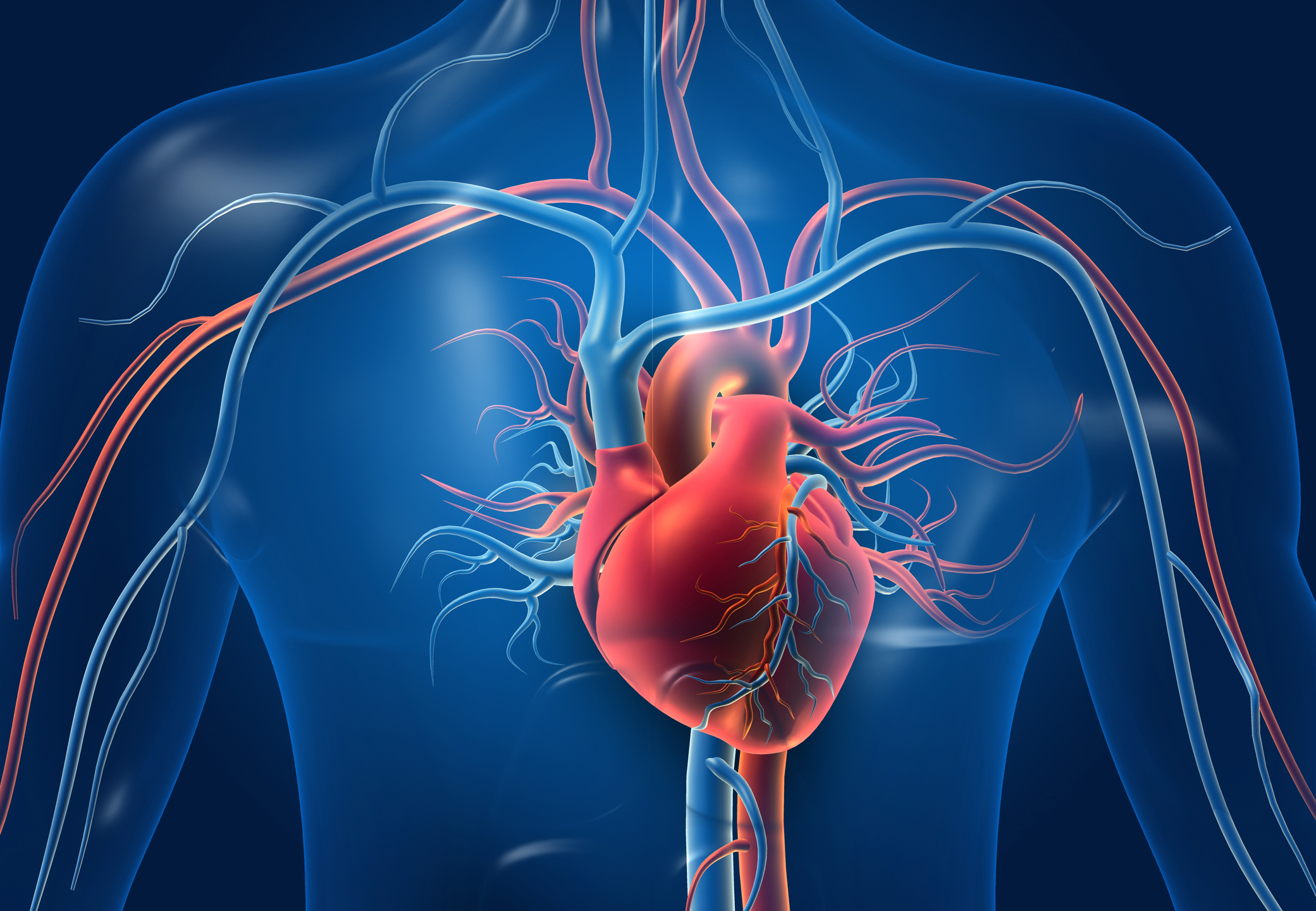Approaches to Cardiovascular Risk Stratification
by Logan Gladney, MD
Internal Medicine — Boulder Medical Center
The leading cause of death in the world continues to be cardiovascular disease. However, we still struggle to identify those at the highest risk for future events, such as heart attack or stroke. When a major event does occur, the onset is typically sudden, and patients are rushed heroically into the emergency room. While there, expensive, invasive, and accelerated testing can uncover major cardiovascular disease, such as blockage of the coronary vessels – infamously described as the “widow maker”. While emergency technology saves lives, primary care physicians and their patients likely prefer a more preventative approach before the fire starts.
Traditionally, when assessing a person’s cardiovascular disease risk, primary care physicians focus on the numbers: age, sex, race, and modifiable risk factors like blood pressure, smoking status, presence of diabetes, and cholesterol levels. Based on this data, a 10-year event risk is calculated and compared to the average population. This data is based on large cohort studies that followed patients with these risk factors over time and calculated their event rates.
Interestingly, this tool makes no mention of several well-known cardiovascular risk factors, including a family history of heart disease or elevated cholesterol. It also neglects risk factors for other medical problems, such as inflammatory arthritis, inflammatory bowel disease, certain skin conditions, obesity, or pre-diabetes. This raises the question of whether current practices adequately evaluate the risk for cardiovascular disease in people who have not yet had a major event.
Imaging Technology Can Help Assess Cardiovascular Disease Risk
Two imaging technologies are validated to establish ongoing cardiovascular disease in patients who have not yet had a major event: CIMT (Carotid Intima-Media Thickness), an ultrasound of the carotid arteries, and Calcium Score (Heart Score), a CT or “cat” scan of the heart vessels.
The CIMT test looks at the thickness of major arteries in the neck and can detect the presence of atherosclerotic plaque. This increase in carotid artery thickness is representative of plaque buildup elsewhere in the body, such as the heart and brain, which can cause heart attack and stroke. The increase in thickness over time can be used to calculate your “vascular age”. If your calculated vascular age is five years greater than your current age, you are likely at greater risk for cardiovascular disease.
The advantages of CIMT testing include:
- Non-Invasive Imaging Technology
- Does Not Use Radiation
- Relatively Low Cost (copays range from $0-300)
- Testing can be repeated over time (usually at intervals of five years) and, if risk modification is pursued, can show improvement or progression of disease.
The Calcium Score, or Heart Score, is a CT scan of the heart vessels that uses advanced X-ray technology to identify plaque buildup. One of the mechanisms by which plaque buildup occurs is the body’s inability to eliminate cholesterol. Immune system cells will eat cholesterol “Pac-Man” style and deposit it along the vessel walls, creating “soft plaque.” Over time, the plaque matures into calcified “hard plaque.” The Calcium Score can quantify the amount of plaque formation in these critical blood vessels and categorize the risk as low (if the score is zero), moderate, or high.
Advantages of Calcium Score Testing Includes:
- Accurately diagnoses coronary artery disease.
- Tests can be repeated over time to determine the progression or stabilization of the disease process.
Disadvantages Include:
- The test uses a small dosage of radiation in the form of X-rays.
- A relatively higher cost (copays of $100-400) than the ultrasound.
If someone is found to have an advanced vascular age on the Carotid Thickness Test (CIMT) or the Calcium Score/Heart Scan (CT), further investigation of the causes can be pursued. This may include advanced lipid testing, including examining the size of cholesterol particles (NMR lipid analysis), levels of certain lipoproteins, inflammatory markers, and genetic testing. If a risk factor is identified, specialized diets can be considered, as well as pharmaceutical agents, such as statins.
As a preventative medicine specialist or primary care physician, I consider one of the most critical assessments of my patient’s health to be cardiovascular risk stratification. If you would like to discuss your risk and are interested in a comprehensive evaluation, please schedule a visit.
Resources
- Schedule a risk assessment with Dr. Gladney
- Schedule Online via Zocdoc
- Call to schedule an appointment at (303) 440-3082
- Calculate your 10-year stroke or heart attack risk
- Further reading
- Beat the Heart Attack Gene: The Revolutionary Plan to Prevent Heart Disease, Stroke, and Diabetes by Bradley Bale and Amy Donnen
 About Logan Gladney, MD
About Logan Gladney, MD
Dr. Gladney is board certified by the American Board of Internal Medicine. As a provider, he enjoys nurturing a personal connection with his patients. He believes in shared decision-making while practicing evidenced based medicine to deliver the highest quality of care. Dr. Gladney provides the full spectrum of Internal Medicine for ages 18 and older, including:
- Primary Care for Adults
- Annual Exams
- Management of Acute Medical Conditions (ask about same-day sick visits)
- Preventive Medicine (vaccinations, lipids, cancer screening)
- Cardiovascular Risk Assessments
- Men’s Health Care (screenings, prostate health, erectile dysfunction)
- Prevention and Treatment of Chronic Medical Conditions and Diseases (hypertension, diabetes, obesity, arthritis, chronic kidney disease, heart disease)
- Care for Medically Complex Patients
- Geriatric Care – Medicare Annual Wellness Exams and Ongoing Care
- Medication Management for Older Adults
- Dementia – Evaluation and Treatment
- Alzheimer’s – Evaluation and Treatment
- Post-Hospital After-Care Visits
Make an Appointment

